Learn more about the companies that spun off from the legendary Fairchild Semiconductor. Read about their founding, growth, often spectacular success, and sometimes decline.
Explore CHM resources to listen to oral histories of company founders and leaders, view innovative products from our collection of artifacts, and read documents from the archives.
Over the decade of the 1960s, more than 30 startup companies emerged on the southern San Francisco Peninsula to pursue the opportunity for silicon semiconductor devices in computers and new consumer products, including color TV. Most of them spun out of Fairchild Semiconductor that was founded in 1957 by eight disaffected employees from the laboratory of William Shockley, the coinventor of the transistor, in Mountain View, California. One month later the USSR launched Sputnik, creating a demand for silicon transistors in US aerospace systems. Fairchild became an overnight financial and technical success and established semiconductor manufacturing as the primary growth industry of the region, thus giving rise to the nickname “Silicon Valley.”

With financing arranged by Arthur Rock, Amelco, the first spinoff to be headed by Fairchild cofounders, was established to build integrated circuits in support of Teledyne Corporation’s military and aerospace operations. Later renamed Teledyne Semiconductor, the company operated as a unit of Teledyne Components before being spun out in 1993 as Telcom Semiconductor Inc. Microchip acquired Telcom in 2000.

Funded by Pyle National of Chicago, General Microelectronics (GMe) introduced the industry’s first commercial MOS IC in 1964 and developed custom chips for pioneering MOS LSI calculator manufacturer Victor Comptometer. Philco-Ford Microelectronics purchased the business in 1966 and moved the operation to Philadelphia. Several founders and employees went on to found American Microsystems.

With funding from Robert Noyce and others, Applied Materials was founded to develop chemical vapor deposition (CVD) semiconductor processing systems. Prior to AMT, many semiconductor manufacturers built their own equipment. The company was a pioneer in offering a full range of process technology and service solutions for wafer fabrication for semiconductor chips, flat panels, solar photovoltaic cells, flexible electronics, and energy efficient glass.

Bernard Rothlein and seven engineers from Sperry Rand Corporation founded National Semiconductor in Danbury, Connecticut, in 1959. An investor group led by Peter Sprague purchased the company and hired Charles Sporck, general manager of Fairchild, and a team of key manufacturing and marketing executives to reestablish the business in Santa Clara in 1967. National became a leading supplier of analog, TTL logic, and microcontroller devices until acquired by Texas Instruments in 2011.
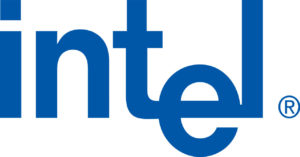
The founders recruited many scientists and managers from Fairchild, including future CEO Andrew S. Grove, to apply the silicon gate MOS process to build semiconductor memory devices to replace magnetic core storage systems in computers. Intel abandoned the mainstream memory business to focus on microprocessor and peripheral products in 1984. Now headquartered in Santa Clara, California, Intel is the world’s largest manufacturer of semiconductor devices.
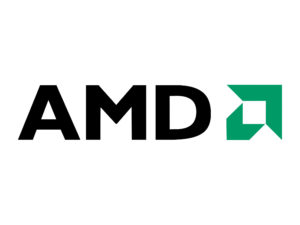
AMD was founded on a strategy of building improved versions of popular logic and analog integrated circuits from Fairchild and Texas Instruments. Under the leadership of Jerry Sanders, the company became a major supplier of MOS memory and Intel compatible microprocessor devices in the 1980s. AMD entered the graphics processor business by acquiring ATI Technologies of Canada in 2006.
Together with floppy-disk drives and compact software operating systems, the introduction of second generation microprocessor devices from Intel (8080), Motorola (6800), MOS Technology (6502), and others in the mid-1970s enabled the development of low-cost, personal microcomputer systems for business and hobbyist users. Many innovative Silicon Valley PC pioneers such as Apple, Cromemco, IMSAI, Morrow, and Osborne were staffed and/or funded by Fairchild alumni.
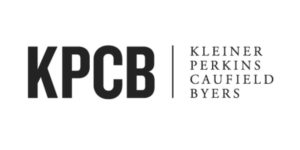
Led by Fairchild cofounder Eugene Kleiner and Tom Perkins, venture capital firm KPCB was founded to focus on early-stage investments in high-technology companies. The company has funded more than 500 ventures, including AOL, Amazon, Compaq, Electronic Arts, Genentech, Google, Intuit, Juniper Networks, Netscape, Sun Microsystems, and Symantec.
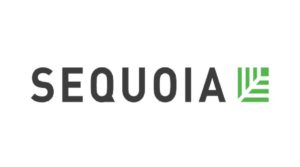
Founder: Don Valentine (Fairchild, National Semiconductor)
Don Valentine founded venture capital firm Sequoia Capital to invest in early stage technology companies that have included Apple, Google, Oracle, PayPal, Stripe, YouTube, Instagram, Yahoo!, and WhatsApp and today control $1.4 trillion of combined stock market value. The firm has affiliated operations in China, Israel, and India.
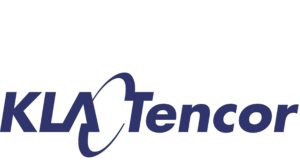
KLA Instruments developed automated photomask inspection equipment for semiconductor manufacturers. After merging with Tencor Instruments in 1997 (founded in 1976 by Karel Urbanek), the company emerged as a major supplier of process control and yield management products and services to the semiconductor industry.
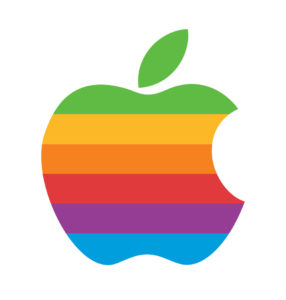
Fairchild and Intel alumnus Mike Markkula served as chairman and raised funding from Sequoia Capital and Arthur Rock to secure early stage funding for the development of the Apple II personal computer. Through innovative design, independent-developer software support, and strong retail marketing programs, Apple emerged as the most successful early PC manufacturer. Based in Cupertino, California, today Apple is the world’s largest technology company with a dominant position in the market for mobile digital-lifestyle products.
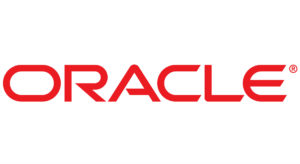
Established as Software Development Laboratories, Oracle was a version of the company’s early relational database management product that achieved widespread customer acceptance. Renamed Oracle, today the company, based in Redwood Shores, is one of the world’s largest vendors of business software and services. Oracle entered the Fairchild diaspora through investments by Sequoia Capital and the acquisition of Sun Microsystems in 2009.
![]()
Ungermann-Bass, also known as U-B Networks, was founded by two former Zilog employees. U-B specialized in large enterprise networks based on Ethernet technology and was the first successful networking company independent of a computer manufacturer. Tandem Computer purchased the company in 1988.
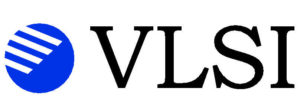
VLSI Technology founders wrote the business plan in 1979 and raised funding from Evans & Sutherland Computer Corp (lead investor—$3 million) along with several VC’s led by Hambrecht & Quist in 1980. Supported by a broad suite of computer aided engineering tools, VLSI was an early vendor of cell-based ASIC devices to the merchant market and manufactured the first ARM chip for Acorn Computer in 1985. Philips Semiconductor acquired VLSI in June 1999.
Widespread adoption of personal computers and workstations by business and industry in the 1980s created a demand for electronic sharing of information. The Ethernet network architecture from the Palo Alto Research Center (PARC) of Xerox Corporation proved popular in small office and educational applications. Many Silicon Valley companies founded during this decade built chips, systems, and software for Ethernet and other network solutions.
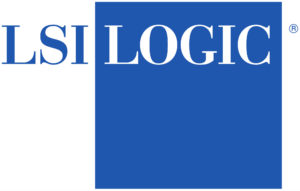
LSI Logic Corporation was founded by former Fairchild CEO Wilfred Corrigan to apply CAD software tools and fast turnaround prototype capability to deliver complex custom gate array devices. An early follower of the fabless manufacturing model, LSI chips were manufactured by Toshiba in Japan. The company merged with Agere Systems (former AT&T/Lucent) in 2007 to form LSI Corporation and in turn was acquired by Avago Technologies (now Broadcom) in 2014.
![]()
Founded by former employees of the National Semiconductor analog products business, with funding from Sequoia, Linear Technology was one of the first companies to focus exclusively on the design and development of high-performance analog ICs. Linear Technology was one of the largest independent analog IC manufacturers, with annual revenues over $1 billion, until its acquisition by Analog Devices in March 2017.
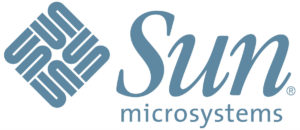
Sun Microsystems built high-performance workstations based on a Stanford University Network (SUN) design by Andy Bechtolsheim and became a major supplier of internet servers during the dotcom boom. Sun contributed to the evolution of key computing technologies, including, Unix, RISC processors, thin client computing, and virtualized computing. Oracle acquired the company in 2010.
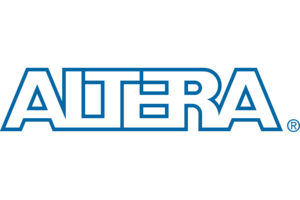
Altera Corporation was founded to produce electrically erasable programmable logic (EPLD) and field programmable gate array (FPGA) integrated circuits and development tools that allowed users to produce their own custom logic chips on their workbench. Intel acquired the company in its largest-ever purchase in 2015.
Maxim Integrated Products Inc. was founded to design and manufacture specialty linear and mixed-signal integrated circuits. Several founders had formerly been employed by Fairchild and subsequently Intersil Inc. (founded by Jean Hoerni) and by that time a subsidiary of General Electric. Maxim acquired Dallas Semiconductor in 2001.
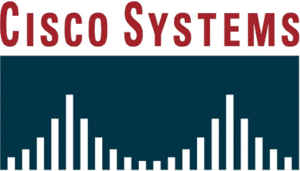
With funding from Sequoia Capital, Cisco Systems was founded to pursue the concept of a local area network connecting geographically disparate computers over a multiprotocol router system. Their first product, the Advanced Gateway Server, was based on a router built by William Yeager and Andy Bechtolsheim at Stanford. Today, Cisco is the largest supplier of internet-related telecommunications equipment.
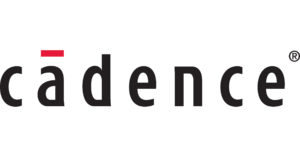
Cadence Design Systems Inc. is an electronic design automation (EDA) software and engineering services company created under CEO Joseph Costello in 1988 by the merger of Solomon Design Automation Systems (SDA) and ECAD Inc. The company grew by new product development and acquisition, including Valid Logic Systems and Verilog pioneer Gateway Design Automation, to become one of the largest suppliers of electronic design software tools.
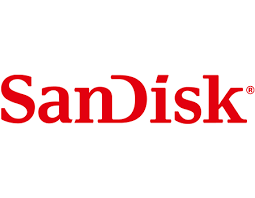
SanDisk was founded to develop nonvolatile semiconductor memory devices and storage systems based on Flash technology. The company established a strong presence in the consumer market with its memory cards and readers, USB flash drives, and solid state drives. Hard drive manufacturer Western Digital acquired SanDisk in 2016.
By the 1990s, the internet and associated World Wide Web tools had emerged as a global system of interconnected computer and communications networks that enabled the widespread publication, manipulation, and consumption of information by businesses and consumers. Many Silicon Valley hardware and e-commerce vendors (pets.com, Webvan, etc.) enjoyed dramatic growth during the “dotcom” boom until derailed by the subsequent stock market crash. Startups with more robust business models, such as eBay, Google, and Yahoo, survived.
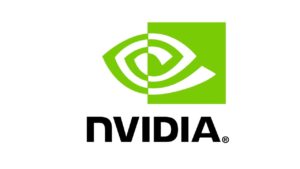
With early funding from Sequoia Capital, Nvidia developed specialized graphics processing unit (GPUs) chips and subsystems. With transistor counts in the billions, Nvidia produces some of today’s most complex semiconductor devices for applications in parallel processing and artificial intelligence projects.
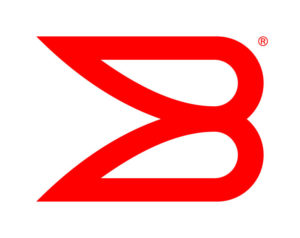
While at Hewlett-Packard, Brocade cofounder Kumar Malavalli coauthored the Fibre Channel specification that formed the basis of the company’s first product. A Fibre Channel Switch for Storage Area Networks and specialized SAN chip designs were followed by Ethernet switches, routers, and networking software products for the data center market. Singapore-based chip maker Broadcom announced the purchase of Brocade in 2016.
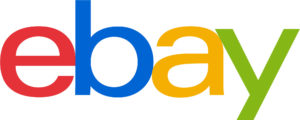
Founded as AuctionWeb, an online auction house, eBay was one of the notable survivors of the dotcom bubble of 2000. The purchase of PayPal in 2002 popularized consumer online banking transactions. Today eBay is a multibillion-dollar operation, providing e-commerce sales and services via the internet to business and consumers in over 30 counties.
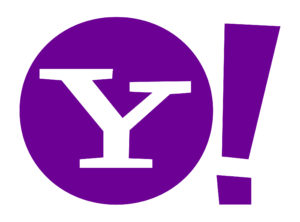
Stanford electrical engineering graduate students Filo and Yang created “Jerry and David’s Guide to the World Wide Web” in 1994. With early funding from Sequoia, the yahoo.com search engine domain created in 1995 diversified into a web portal and became one of the most visited sites over the next decade. A succession of CEOs failed to retain market share against Google and Microsoft. Verizon acquired the company in 2017.
Most early internet routers were intended for phone calls and had dedicated circuits for each caller. Juniper set out to create packet-based routers optimized for Internet traffic. With funding from KCPB, the Juniper M40 router was accepted by major international telecommunications companies, and by 2001, the company controlled one-third of the market for high-end core routers.

As graduate students, Brin and Page collaborated on BackRub, a search engine that operated on Stanford servers before founding Google on seed money from Sun founder Andy Bechtolsheim. With funding from KPCB and Sequoia, the company moved to Mountain View in 1999 and quickly emerged as the dominant search engine worldwide. The Android mobile OS was introduced in 2009. The original search business operates today under the Alphabet corporate entity.
Handheld mobile computing, pioneered by the Apple Newton (1993) and Palm Pilot (1997) personal digital assistants, found limited appeal until they could be interconnected via wireless and mobile operating systems. Early smartphones from Silicon Valley companies such as the HP OmniGo and Handspring Treo were eclipsed by the popular success of the Apple iPhone (2007) and App Store and Google Android-based products (2008).
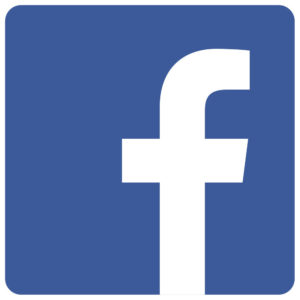
Originally launched to serve Harvard students, the Facebook social media website quickly expanded to colleges across the country. Within a few months, entrepreneur Sean Parker became president, moved the company to Palo Alto, California, and secured funding from PayPal cofounder Peter Thiel. Facebook reached a market cap of $250 billion in 2015 and exceeded 1.5 billion users in early 2016.
LinkedIn, San Jose, CA (2003) |
 |

Launched in 2003, the LinkedIn site offered a social networking service for professionals. With seed funding from colleagues at PayPal followed by venture money from Sequoia, LinkedIn reached over two million users in 2005, allowing monetization of the service through subscriptions, paid job postings, and advertising. Microsoft acquired LinkedIn for $26 billion in 2016.

Tesla Motors was incorporated by Eberhard and Tarpenning, who financed the company until Musk led a Series A round and joined in an operational role. Tesla’s strategy to commercialize electric vehicles, starting with a premium sports car and then moving into more mainstream vehicles. The company is expected to deliver over 350,000 vehicles in 2019.

WhatsApp, a cross-platform, instant messaging and social media application for smartphones that launched on the App Store in 2009, was funded by Sequoia Capital in 2011 and acquired by Facebook as the largest-ever purchase of a venture-backed company in 2014.
By now expanded to the city of San Francisco, Silicon Valley continues to play a major role in the development of hardware and software platforms that enable mobile social media applications combining significant computing power with artificial intelligence capabilities to replace traditional commerce and entertainment services, from autonomous vehicles to the distribution of information.

With seed funding from Baseline Ventures and Andreessen Horowitz, Instagram, an online mobile photo-sharing site that enabled users to take pictures and share them through social networking platforms such as Facebook, was launched as a free mobile app in 2010. Facebook acquired the service for approximately $1 billion in cash and stock in 2012.
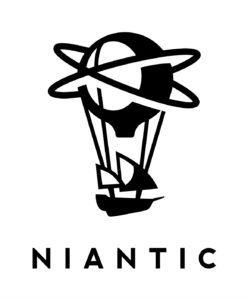
Formed to develop mobile applications as a startup within Google, Niantic found success with augmented reality games including Ingress and Pokémon Go published in partnership with Nintendo. Google, Nintendo and others invested in the company after it was spun out in 2015.

Uber is an online transportation network company that develops and operates an app that allows users to request a trip using a smartphone and automatically summons the driver nearest to the consumer. As of 2017 the service was available in over 66 countries. Investors include Google, Chinese search engine Baidu, and Toyota.

Pinterest is a web and mobile application that supports a photo sharing website that the company describes as a “catalog of ideas.” Japanese ecommerce company Rakuten led a $100 million investment in Pinterest, alongside venture investors, including Andreessen Horowitz.

Snapchat is a mobile application developed as a graduate student assignment at Stanford University for creating multimedia messages called “snaps” consisting of a photo or a short video that is explicitly short-lived and self-deleting. KPCB invested in the company in 2014. Under the name Snap Inc., the company based in Venice, California, went public 2017.